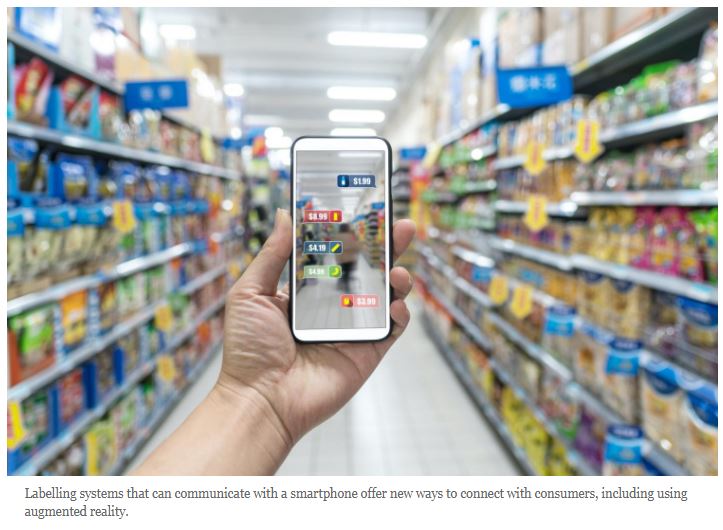Thailand: Digital consumers and their grocery carts
Mass disruption in retail is in the headlines, and we all know why: the rise of mobile, greater access to data, more transparency due to the internet, and so on. But what about groceries?
Grocery shopping still commands one-third of our discretionary spending and uses up a key part of our budget and time, but the consumer’s experience is changing with the rise of digitisation. Here are three ways digital is affecting not only the grocery industry, but the food supply chain as well.
Demand for data: Consumers expect more data, demanding more information while they are making their buying decisions. Rather than blindly trusting what big brands say, they have developed the habit of researching what they are purchasing. Not only are consumers researching the brand, but they also expect access to more knowledge of the product than ever before.
Simple labels with calorie counts and ingredients will not suffice; buyers want to know where the product was sourced, how it was transported and if it meets certain sustainability requirements, to name a few. This is where savvy grocers and food manufacturers will latch onto digital tools to provide these details to their consumers.
Connecting with consumers: More savvy consumers translate to greater opportunities for grocers to connect with their customers. In the digital age, grocers and those in the food supply chain now have an opportunity to better understand and become more intimate with their end customers.
For example, a shopper could receive a digital message from Kraft Foods about specific recipes associated with a purchase, or dairy producers could add smart labels that communicate with a consumer’s smartphone, warning when a product will go bad.
Smarter supply chains: Greater digitisation of the food supply chain will ensure greater safety, traceability and overall efficiency. As with many supply chains, increased use of technology also leads to greater visibility, which translates into better management and a more efficient supply chain.
The challenge with the food supply chain, however, is it is moving many perishable items that react to outside forces such as weather, vibration and handling. Grocers and their suppliers need to rely on increased digitisation to better regulate and handle the potential fallout from such factors.
For example, a banana being harvested in Ecuador will embark on a long journey to the shelf of a grocery store in the US. Throughout this journey, it is handled, placed in containers, shipped over the ocean, sat on docks, routed via truck, and stored in ageing rooms until it finally ends up on the store’s shelf. The trick is for that banana to arrive on the store shelf at the optimal time.
Imagine if this process were closely tied together via digital assets, so that Chiquita could ensure the maximum number of bananas reach the store shelf at the right time.
While technology is not a magic bullet, it is no surprise it has had an impact on all forms of business. When it comes to food and the grocery business, it stands to make this supply chain more efficient but, most importantly, safer.
Fabio Tiviti is the vice-president for Asean of Infor, a multinational enterprise software company.
Source: https://www.bangkokpost.com/business/1820229/digital-consumers-and-their-grocery-carts


 English
English




